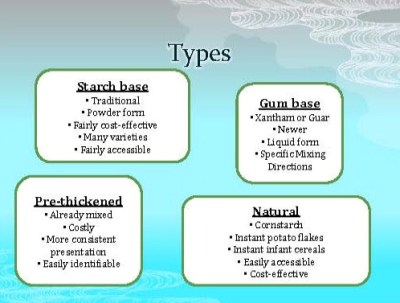Communication access realtime translation (cart) is provided in order to facilitate communication accessibility and may not be totally verbatim. The consumer should check with the moderator for any clarifications of the material.
This text-based course is a written transcript of the live event, "Through Thick and Thin Liquids" presented by Christina Bratlund on September 22, 2011.
>> Amy Hansen: All right. Well, let's go ahead and get started this afternoon. Welcome to everybody joining us today. As you know, this whole week we have our Virtual Conference on Dysphagia Management. We welcome everybody joining us today and hopefully throughout the week to hear the latest in dysphagia management by an outstanding group of presenters. Today's Expert e Seminar is “Through Thick and Thin Liquids” and it is presented by Dr. Christina Bratlund. Christina worked in nursing homes and hospitals before returning to school and completing her Ph.D. She seeks to use research to promote quality of life, especially in the area of dysphagia. She is currently an Assistant Professor at Central Michigan University. So welcome, Christina, and thank you so much for sharing your expertise with us today.
>>Christina: Thank you so much, Amy. It is a pleasure to be here today and I’d like to welcome everyone and thank all of you for joining me during your lunch hour. I look forward to sharing a bit of my research and investigations with you and I hope you find it useful for your clinical practice.
Background of Thickened Liquids
Incidence
Let's look at this Pandora's box of thick and thin liquids by starting out with a little background of thickened liquids. I'm sure many of you are familiar with interacting with thickened liquids, but let's look at how this plays out in our field. As many as 22% of healthy people over the age of 50 have dysphagia. These people are walkie-talkies, walking out and about and living life, but they live with dysphagia. When you look at people who have had a stroke, as many as 78% of individuals have dysphagia, so it is much higher with that disease process. In the schools, we have approximately 12% to 13% of school based SLP's providing dysphagia services, so it is definitely apparent and more present in the schools than it used to be in years gone by.
Let's look specifically at thickened liquids. There was one study that was helpful to see the incidence of thickened liquids. It looked at nursing homes, and there was a range of 0% to 28% of individuals using thickened liquids in the nursing homes – an average of 8.3%. It is a pretty prevalent modification that we use for dysphagia and in our practice.
Types of Thickened Liquid

One of the types of thickened liquids I'm sure you're quite familiar with are the starch-based traditional. We all have used these powder forms like Thicken up®, Quick and Easy®. These are fairly cost effective and there are a lot of varieties and brands of them. They are fairly accessible and if you call your pharmacy the next day they can have it for you if they don't have it in stock already.
But more recently they have come out with these gum-based thickeners or gel thickeners that are based on Xantham or Guar, which are nice because the mixing seems to be more consistent. It is a liquid mixing with another liquid, as opposed to a powder. There are very specific mixing directions for the gum-based thickeners, though, and it is really important with these that you follow the mixing directions to a tee. So if it says to mix with a fork or says to shake or mix with a spoon, it is very important that we follow those.
There are also natural thickeners such as cornstarch and instant potato flakes that we use in our day to day cooking to make soups. Probably the most-used natural thickeners are the instant infant cereals that are used to thicken formula for babies in the NICUs. These are easily available and cost effective.
Then we have the pre-thickened liquids that are already mixed for us. These are no hassle, already packaged, easily identified thickened liquids such as a nectar or a honey, which are printed on the box. These liquids have a more consistent presentation, and it seems every time you open the box that's a nectar thick; the thickening seems to have more variety if we’re using the starch and the gum. That is just what is heard and talked about, but not necessarily what research shows.

